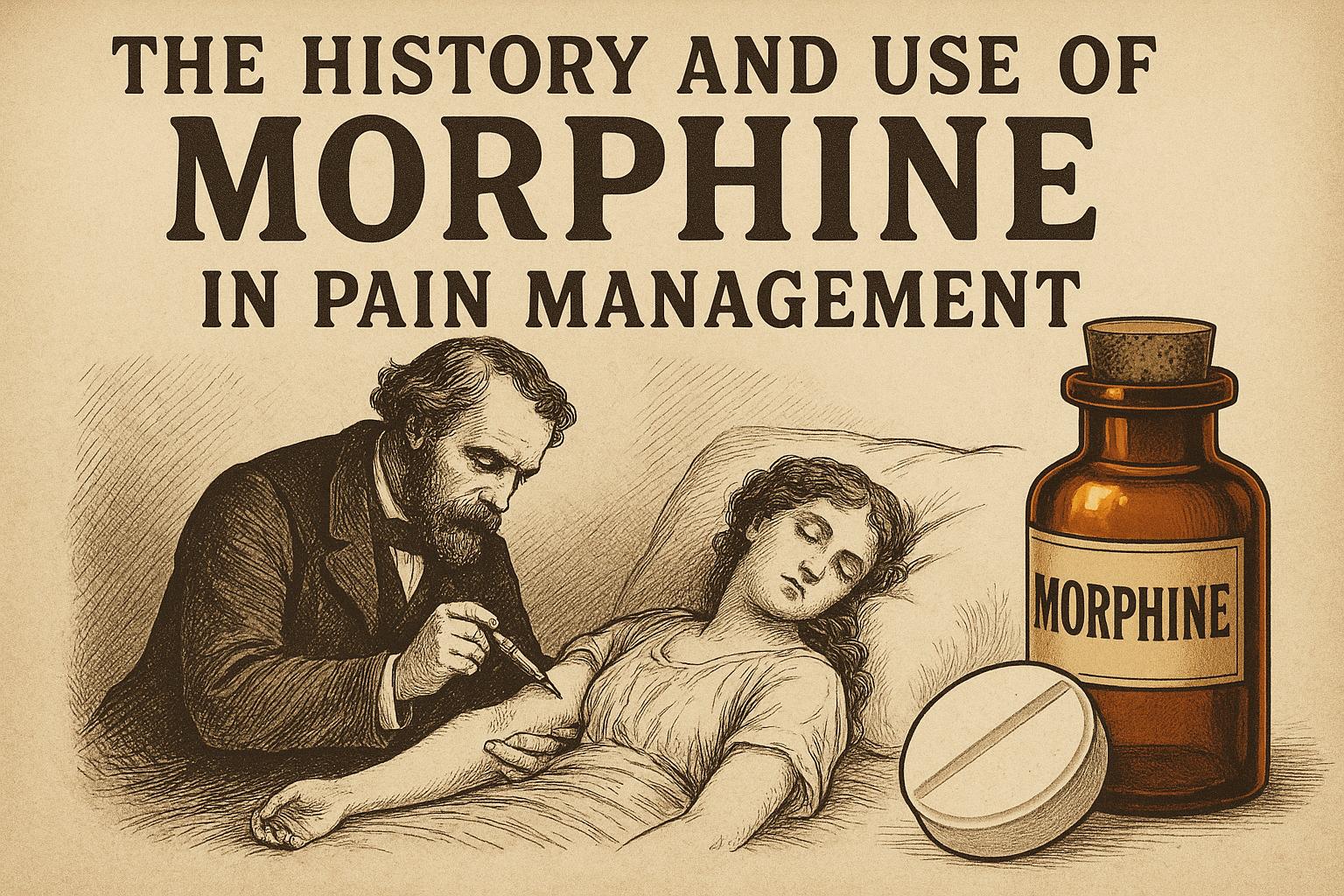
The history and use of morphine in pain management.
The Discovery and Early Use of Morphine
Morphine’s journey began in the early 19th century with the pioneering work of Friedrich Sertürner, a German pharmacist. His successful isolation of this potent compound marked a significant milestone in the history of pharmacology. In 1804, Sertürner achieved a groundbreaking feat by extracting the alkaloid from opium, a process that was complex and required a great deal of dedication and innovation. He named the compound “morphine” after Morpheus, the Greek god of dreams, in a nod to its sleep-inducing properties. This discovery was crucial, as it provided the first step towards understanding how specific substances could be isolated from natural sources for medicinal use.
In the years following its discovery, morphine quickly garnered attention for its remarkable ability to alleviate pain. During the early 1800s, it was seen as nothing short of revolutionary. Physicians hailed it as an essential tool, particularly during times of war. During the American Civil War and the Franco-Prussian War, morphine was extensively used to treat wounded soldiers, providing much-needed relief in dire circumstances. The widespread application of morphine during these conflicts underscored its importance as a medical resource, highlighting its potential to change the treatment landscape for pain relief.
Development of Morphine as a Pharmaceutical Product
The mid-19th century introduced another significant advancement with the development of the hypodermic needle. This invention drastically improved the administration of morphine, making it more efficient and effective for medical practitioners. As a result, morphine’s use in medical practice became increasingly prevalent, paving the way for its manufacturing on a larger scale by pharmaceutical companies.
With the commercial production of morphine, it became more accessible to the public, and its therapeutic applications expanded. However, this widespread availability also illuminated a troubling aspect of morphine use: the potential for addiction and abuse. Although these issues were not fully understood at the time, they posed a growing concern. By the late 1800s and early 1900s, many individuals who had received morphine for legitimate medical reasons found themselves grappling with dependency. This situation led to a critical reevaluation of its use and catalyzed further research into the mechanisms of pain management and addiction.
Morphine in Modern Pain Management
In contemporary medical practice, morphine remains a cornerstone in the field of pain management. It is classified as an opioid analgesic and is utilized to address both acute and chronic pain. Hospitals and palliative care settings often rely on morphine to provide relief to patients experiencing significant discomfort. In scenarios involving acute pain, such as post-surgical pain or severe injury, morphine is commonly administered intravenously or intramuscularly to ensure rapid and effective relief.
For managing chronic pain, particularly pain associated with cancer, morphine is often prescribed in controlled-release oral forms. This approach allows for a consistent level of pain control, enhancing the quality of life for patients undergoing long-term pain management. Despite its proven effectiveness, the use of morphine today is accompanied by caution. Healthcare providers remain vigilant due to the potential for dependence and side effects such as respiratory depression, constipation, and sedation.
Regulation and Education
The potential for abuse and dependence on morphine has necessitated stringent regulatory controls over its prescription and distribution. Regulatory bodies across the globe have established comprehensive guidelines to prevent misuse while ensuring that those in genuine need can still access effective pain relief. These regulations require healthcare providers to balance the benefits of morphine against the risks of addiction, necessitating careful patient assessment and monitoring.
In tandem with regulatory measures, medical education regarding opioids, including morphine, has significantly increased. Healthcare providers receive training to accurately assess and address patient pain levels, identify individuals at risk of developing addiction, and implement strategies to monitor and manage opioid use effectively. This comprehensive approach aims to optimize the therapeutic benefits of morphine while mitigating the risks associated with its use.
The Future of Pain Management
The field of pain management continues to evolve, driven by ongoing research into alternative options that aim to minimize the risks associated with opioid therapy. The focus is on developing innovative solutions that enhance patient outcomes while safeguarding against the potential for abuse. Emerging technologies, such as drug monitoring systems, are being explored as tools to improve patient care and outcomes. These systems enable healthcare providers to track and analyze medication use patterns, allowing for more informed and precise treatment decisions.
Furthermore, the exploration of non-opioid pain relief methods offers promising alternatives. Research is underway to develop new classes of analgesics that provide effective pain management without the risk of addiction or other side effects associated with opioids. As these alternatives are researched and developed, they have the potential to reshape the landscape of pain management, offering new hope to patients and healthcare providers alike.
Morphine’s role in pain management illustrates the delicate balance between its efficacy as a treatment and the potential hazards it poses. As the medical science community continues to advance, the legacy of morphine remains a guiding influence in both the treatment of pain and the ongoing effort to combat substance abuse. The challenges associated with morphine and similar opioids highlight the need for continuous innovation and compassionate care in the field of medicine.
